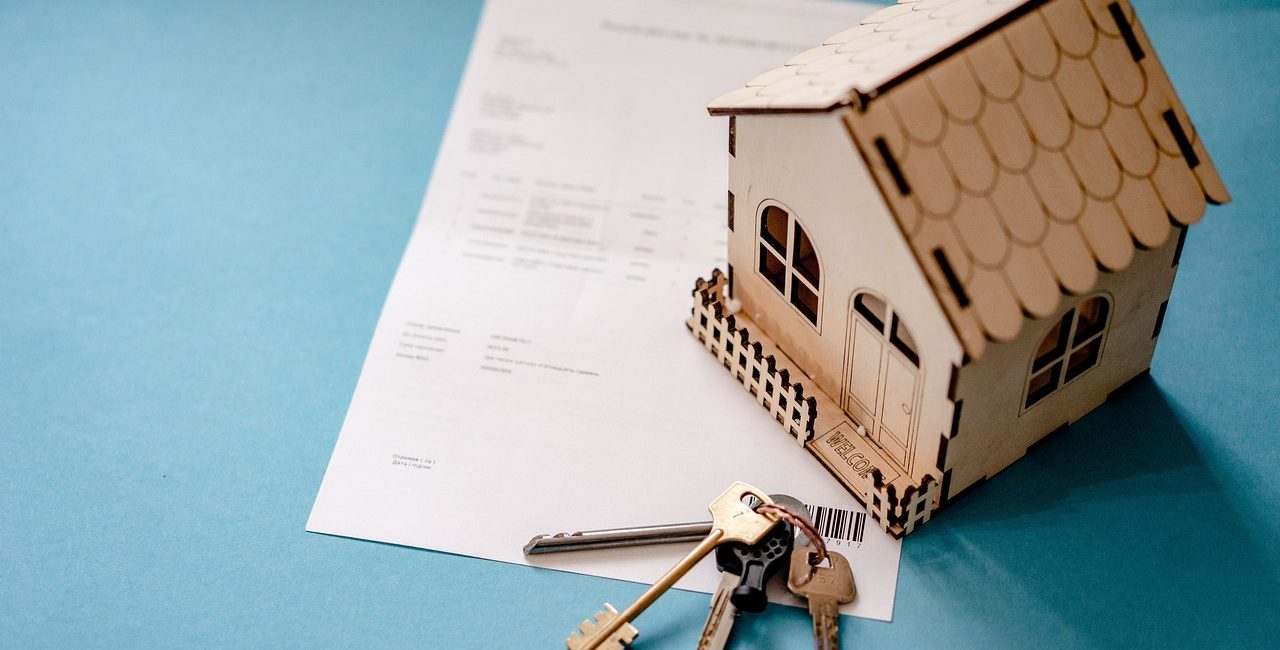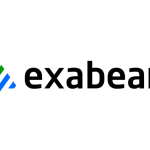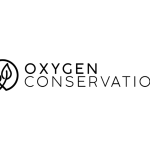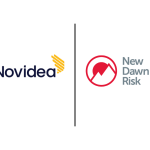
When you purchase a home, one of the first things you’re likely to do is purchase a homeowners insurance policy for it. While an insurance policy can bring peace of mind and protect you from the worst circumstances, many homeowners are left with an expensive home repair bill because their claim was denied. Why? Because it wasn’t covered by their homeowners insurance. Not every homeowners insurance policy covers every situation, and it pays (literally) to know what your policy will and won’t cover.
Types of Home Insurance Policies
Before looking at specific types of home insurance policies, let’s take a moment and distinguish between “named peril” vs. “open peril” policies.
- An open perils policy covers perils (such as sinkholes, floods, earthquakes) that aren’t specifically named in the policy itself. This is mostly useful in areas prone to certain kinds of natural disasters, as an open perils policy will cover the most common kinds of damage. The downside is that they often cost more in premiums, but offer higher coverage in return.
- A named perils policy is a policy that will only cover certain kinds of perils; that is, ones specifically listed in the policy. A named perils policy generally has lower premiums (because you have less coverage) but you may end up getting financially hurt in the long run because you aren’t covered.
Named perils policies come in several forms:
- Basic (HO-1) covers the least amount of named perils, meaning it’s the most restrictive policy. It will cover a specific set of perils for your home and possessions, and is generally the least common of these policies.
- Broad (HO-2) form provides for more perils than HO-1, but still less coverage than any open perils policy.
- Modified (HO-8) is also a bare-bones coverage policy like HO-1, and is more suited to older homes that may not be eligible for standard home insurance.
Open peril policies also come in several forms, although, as previously mentioned, they tend to be more expensive. While open peril policies cover things that aren’t specifically named in the policy, there are common exceptions, such as earthquakes and floods, that must be insured against separately. Open peril policies include:
- Special form HO-3 is the most common home insurance policy overall, and offers coverage for your home and belongings in most circumstances, save those that require separate coverage (as above).
- Comprehensive form (HO-5) is the highest level of coverage available (and therefore the most costly).
What Your Homeowners Insurance Typically Covers
So what does your homeowners insurance cover?
Typically, it covers a wide array of possible damage, either from natural disaster, vandalism, theft, and other perils. Personal property is also typically covered by homeowners insurance, usually focused on high-value items like art or jewelry.
While typical homeowners insurance will cover a lot, it won’t cover everything. In areas that are particularly prone to certain kinds of natural disasters, those disasters will often require separate coverage. There are also some specific issues homeowners insurance won’t cover (for numerous reasons), including:
- Burst frozen pipes
- Damage from termites, rats and other pests
- Mold
- Damage to electrical wiring or electrical appliances from power surges
- Damage due to neglect and lack of property maintenance
- Damage to an area of the property used for business.
- Water damage from a backed-up drain or sump pump.
- Damage done to the property by pets
- Damage caused by defective construction or design of the property
In some cases, you may have to take out additional coverage (such as flood insurance for plumbing issues), or you may simply be facing the reality of footing the bill for these issues yourself.
Should You Take Additional Coverage?
If you live in an area that experiences high rates of a certain kind of natural disaster — for instance, flooding, wildfires or earthquakes — then it’s highly advisable to purchase additional coverage for those kinds of perils. Your insurance premiums will be higher, but that’s generally far preferable to not being covered if your home floods or burns down. It might also be worth your while to take additional endorsements or floaters for high-value items in your house.
Home insurance can be expensive. Depending on which city or state you live in, your rates might be higher, and if you live in a place requiring lots of additional coverage, you could end up paying more still. There are some ways you can get the most out of your homeowners insurance, as well as try to keep those premiums as low as possible. Kristine Lee at The Zebra offers a few tips in this department, such as taking a careful home inventory, revising your policy after any major changes in your home, and shopping around to compare homeowners insurance quotes. You can also ask your current insurance company about any discounts you may qualify for.












